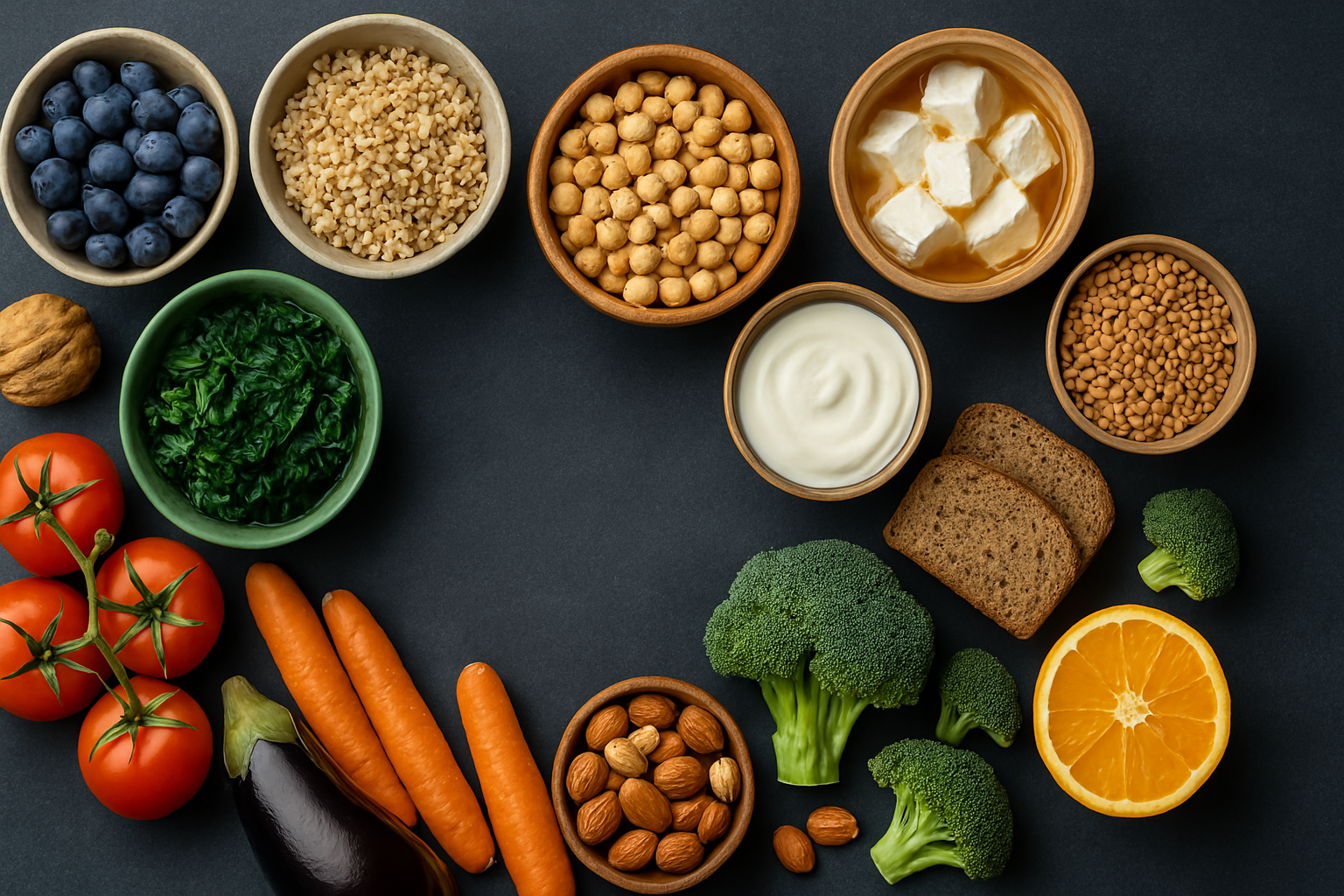We’ve all heard that we should “eat healthy.” But if you’re like me, you probably know what’s considered healthy and still don’t always follow it. Maybe it’s because the idea of a “healthy diet” often feels abstract, like a vague prescription without clear reasoning behind it. Recently, through conversations about cooking and food, I started thinking more about how the food we eat plays a major role in our overall well-being—and even our lifespan.
Of course, longevity is influenced by many factors: genetics, healthcare access, environment, lifestyle, and more. But among these, diet is one of the most controllable. So in this post, I want to focus on food—what we eat, and how it might connect to a longer, healthier life.
The Clues from the World’s Longest-Lived People: Blue Zones
If we want to understand how diet impacts longevity, it makes sense to study the people who live the longest. That leads us to the concept of “Blue Zones”—regions where people regularly live to 90, 100, or beyond, and stay relatively healthy doing it.
These five regions include:
Okinawa, Japan 🇯🇵
Sardinia, Italy 🇮🇹
Nicoya, Costa Rica 🇨🇷
Ikaria, Greece 🇬🇷
Loma Linda, California 🇺🇸
While each region has its own unique cuisine and cultural habits, the dietary patterns across these zones share some key traits.
What Blue Zone Diets Have in Common
- Mostly plant-based: Vegetables, legumes, whole grains, and nuts are staples.
- Limited meat and dairy: Animal products are eaten rarely, often as flavoring rather than a main course.
- Fermented foods: Things like miso, sourdough, yogurt, or aged cheese support gut health.
- Minimal processed foods: No sugary drinks, ultra-processed snacks, or artificial ingredients.
- Natural rhythms: People often grow their own food, eat seasonally, and follow traditional meal timing.
But the big question is—why do these diets seem to work so well?
Making It Intuitive: Aligning with Nature’s Blueprint
Beyond the scientific studies (and there are many), I started thinking about the bigger picture: Humans are part of Earth’s ecosystem. Wouldn’t it make sense that the healthiest way for us to eat is one that mirrors how the planet itself is structured?
Here’s where it gets interesting.
According to global biomass studies I found:
- ~82% of Earth’s biomass is plants
- ~13% is microbes (bacteria, archaea, etc.)
- ~2% is fungi
- <1% is animals
Now look again at the Blue Zone diets: they’re mostly plants, include fermented foods (microbes), and have minimal animal products—almost perfectly aligned with the Earth’s biomass distribution.
Coincidence? Maybe not.
What About Long-Lived Animals?
To push this idea further, I looked at some of the longest-living animals on the planet. Guess what?
- Galápagos tortoises (live 100–177 years): Eat mostly plants.
- Bowhead whales (live 200+ years): Eat krill and zooplankton—which are not plants but they feed on phytoplankton So indirectly, the whales also rely on a plant-based chain.
- Ocean Quahogs (can live over 500 years): Feed on phytoplankton—directly aligned with plant-based energy sources.
It’s fascinating how often the diets of long-lived animals trace back—directly or indirectly—to primary producers (plants or microbes), which dominate the global biomass.
So… Should We All Eat Like This?
Of course, this doesn’t mean everyone needs to go vegan or start eating like a Galápagos tortoise—our nutritional needs vary. But aligning our food choices more closely with the planet’s natural rhythms can be a helpful guide. It also makes more sense now why Mediterranean and certain traditional Asian diets are often considered among the healthiest—they tend to harmonize well with nature’s balance.
For me, this realization sparked a small shift. I already eat a decent amount of vegetables, but I’m probably missing out on the microbial side of the equation—fermented foods, gut-friendly bacteria, etc. Maybe it’s time to add more kimchi, miso, or yogurt to the plate.
Final Thought
We’re part of nature, and our diets might work best when they reflect that reality. If we think of food not just as fuel but as our connection to the ecosystem, it becomes easier to see why eating more plants, more whole foods, and fewer processed products isn’t just a rule—it’s a return to balance.
So next time you’re choosing what to eat, maybe ask yourself:
“How close is this to the Earth’s way of doing things?”

Leave a Reply